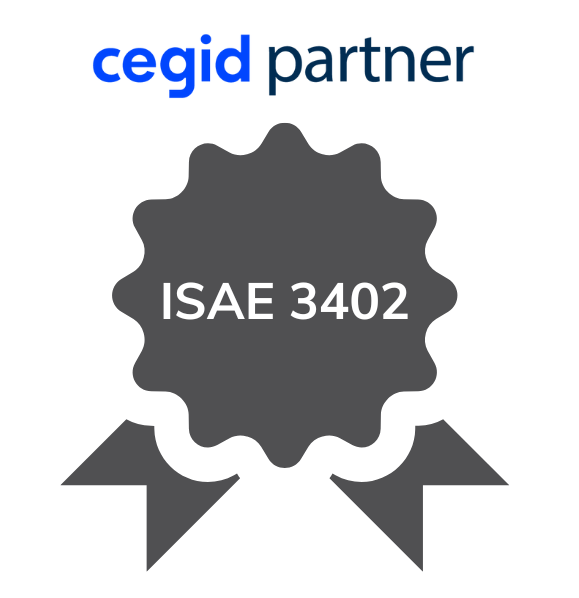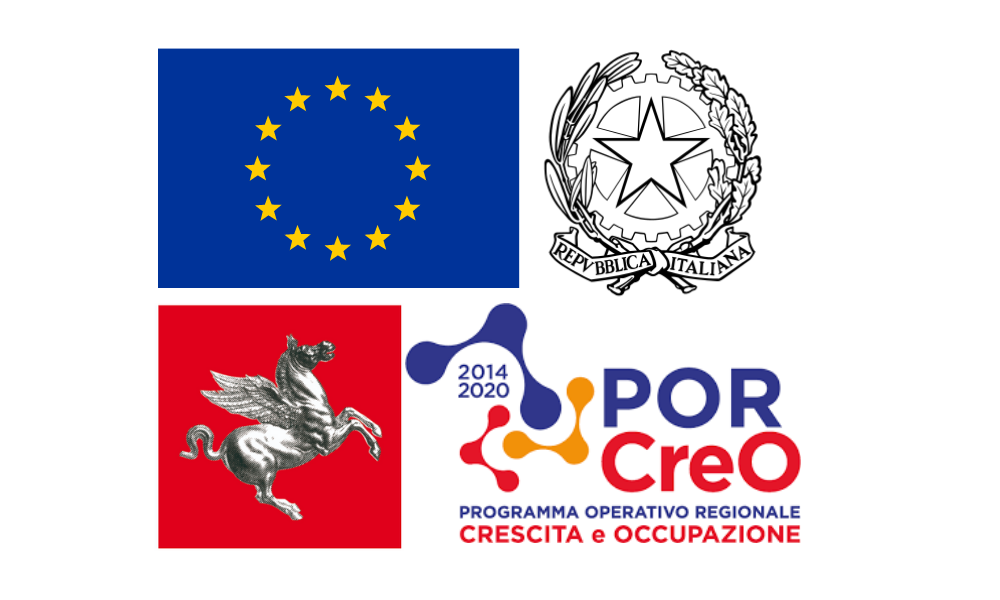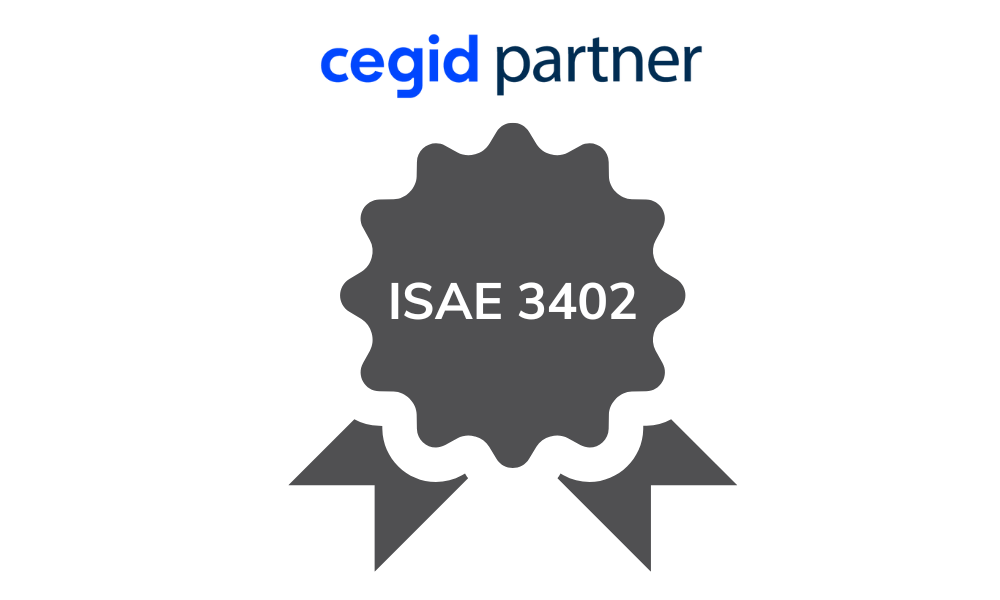Pricing: A success story in the large-scale distribution sector
The Client is an Italian large scale retail leader that asked to review the information process utlizing market data as guide to sales positioning.
THE SOLUTION
We analyzed and redesigned the entire process based on the following phases:
1. Detection, acquisition of competitors' prices and association
2. Create a simulation session
3. Control and validation of the simulation
4. Control of final balances
We have therefore created an application that implements the phases described above.
PHASE 1.
Detection, acquisition of competitors' prices and association
Data collection obtained bases on:
- competitors
- trackers
- data acquisition protocol
Combining with internal items has been realized:
automatically, based on EAN referring to brands; partly automatic for non brands.
PHASE 2. Create a simulation session
With the aim to create a testing session we worked defining the following elements:
- algorithm select a competitor reference price
- priority classes linked to goods categories and single items
- competitive grid
- lines.
Every line combines a set of competitors, an algorithm select competitors reference price points, a competitive grid.
PHASE 3. Control and validation of the simulation
For the control phase we offered alert indicators on situation geared to a manual setting:
- visualization of future changes of the item already planned
- price variance above defined level
- margin critical value
- edit of items future promotions.
The validation output leads to plan due date price changes
PHASE 4. Control of final balances
We provided tools to compare previous and following periods to a price change. The values compared are turnover and margin.
To be consistent operational margin can be worked out even the hypothetic cost level considered in the testing phase. Accordingly have not been considered periods with promotions in place.
The project implementation included:
- an initial phase of analysis shared with client.
- the drafting of a technical specification document.
- application development through scheduled meetings with the client to explore progression steps.
THE GO LIVE: The transition to the production environment was made once the implementation and testing of the first three phases was completed, which already provided the client with considerable benefits over the previous solution.
Implementing this application, the client owns necessary tools to achieve an effective positioning among competitors through:
- lower user commitment
- lower mistake rate
- the possibility to check effectively the operations made against results.








